
THE 5 PRECIOUS PEARLS OF OUR INDIA ARE:
1. Landscape
2. Food
3. Language
4. Culture and Traditions
5. Spirituality

- INDIAN LANDSCAPE
Go through my blog on Indian Landscape.
5 Precious Pearls of Our India – Part 1
2. INDIAN FOOD – A LAND OF SPICES
Go through my blog on Indian Food.
3. INDIAN LANGUAGES
Go through my blog on Indian Languages.
4. Culture and Tradition

Indian culture is a combination or amalgamation of several cultures.
Beginning with the Indus Valley Civilization and then influenced by history Indian culture has a lot of diversity.
The fundamentals of Indian culture, like philosophy, religion, languages, dance, music, cuisine, mathematics, literature and movies have a deep impact across the world.
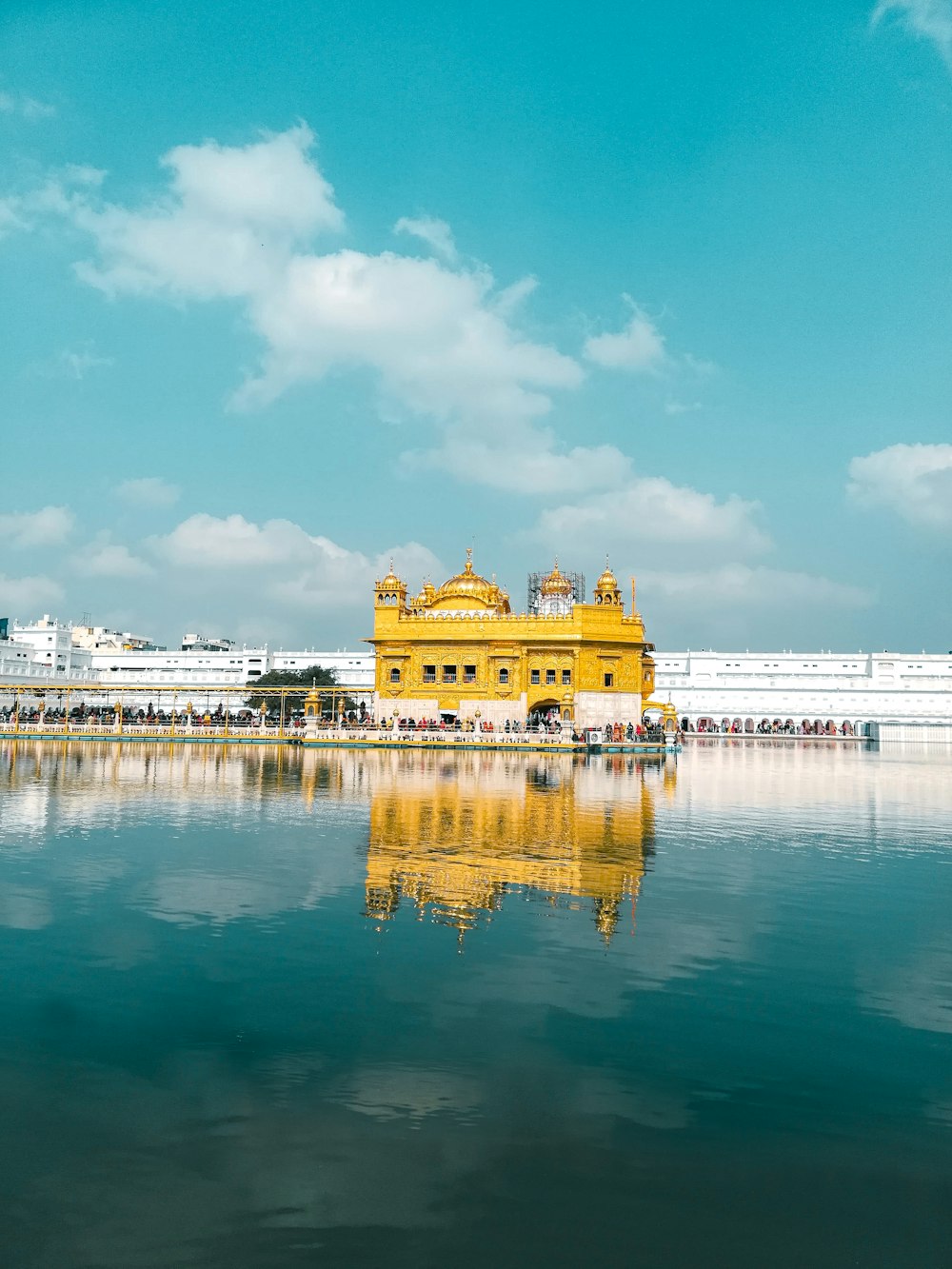
Hinduism, Sikhism, Jainism and Buddhism, and are all based on the concepts of “Karma and Dharma”.
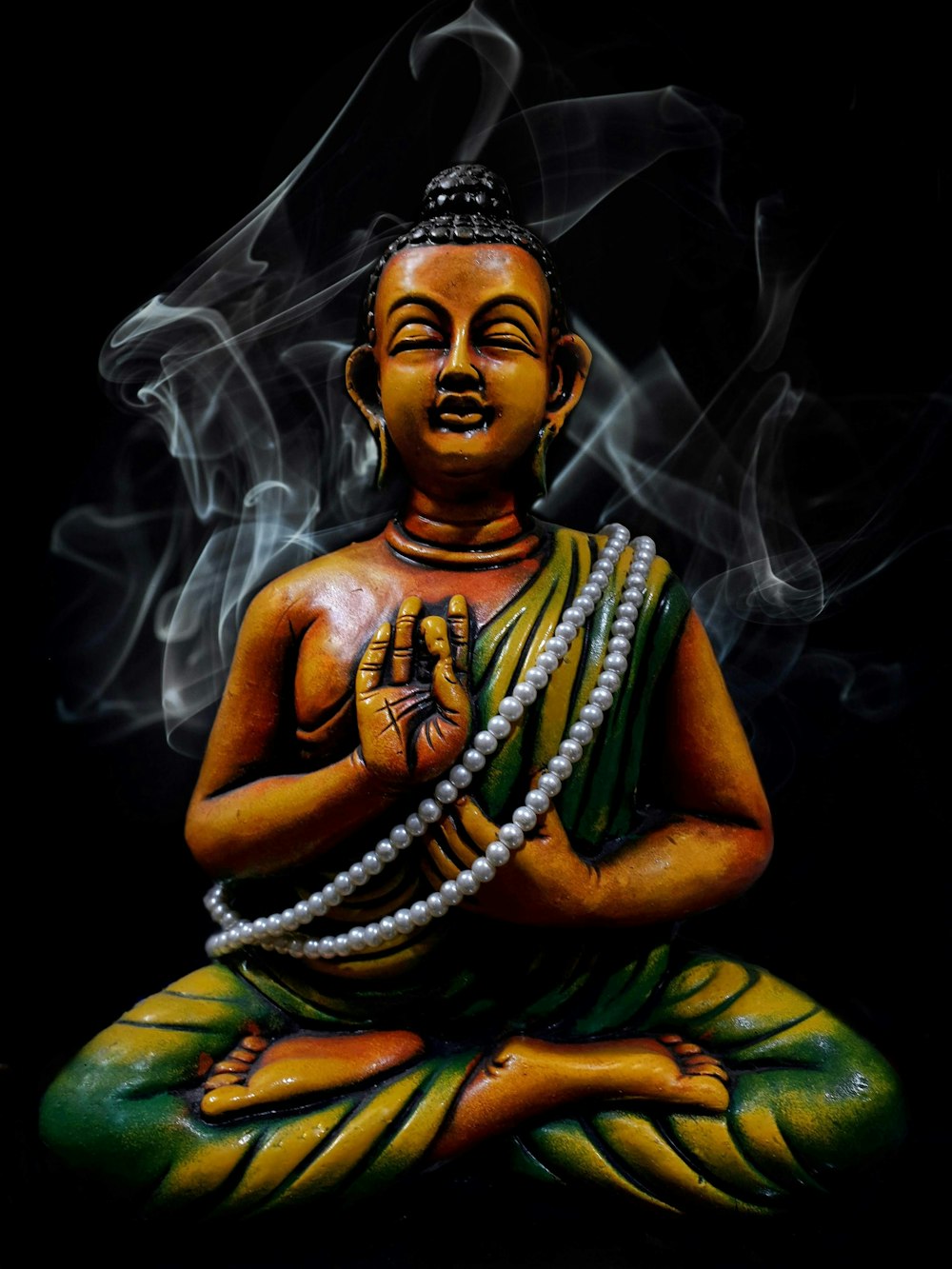
Ahimsa, the philosophy of nonviolence, is a significant aspect of native Indian faiths. The most well-known advocate of this faith was Mahatma Gandhi. He played an important role in uniting India during the Indian independence movement. Hence, is he also known as the “Father of the Nation”

Foreign-origin religions, like Judaism, Islam and Christianity have also become a part of Indian culture.
India is a country comprising 28 states and 8 union territories. Each state having its own culture.
India is known for its religious and ethnic diversity.
The oldest preserved and well-known epics of India are the Rāmāyaṇa and the Mahābhārata.

The Ramayana consists of 24,000 verses. It tells the story of Rama, the incarnation of Lord Vishnu.
The Mahabharata has “Bhagwad Gita”. Gita is a holy Hindu book that is actually based on the conversation or knowledge imparted by Lord Krishna to Arjuna.
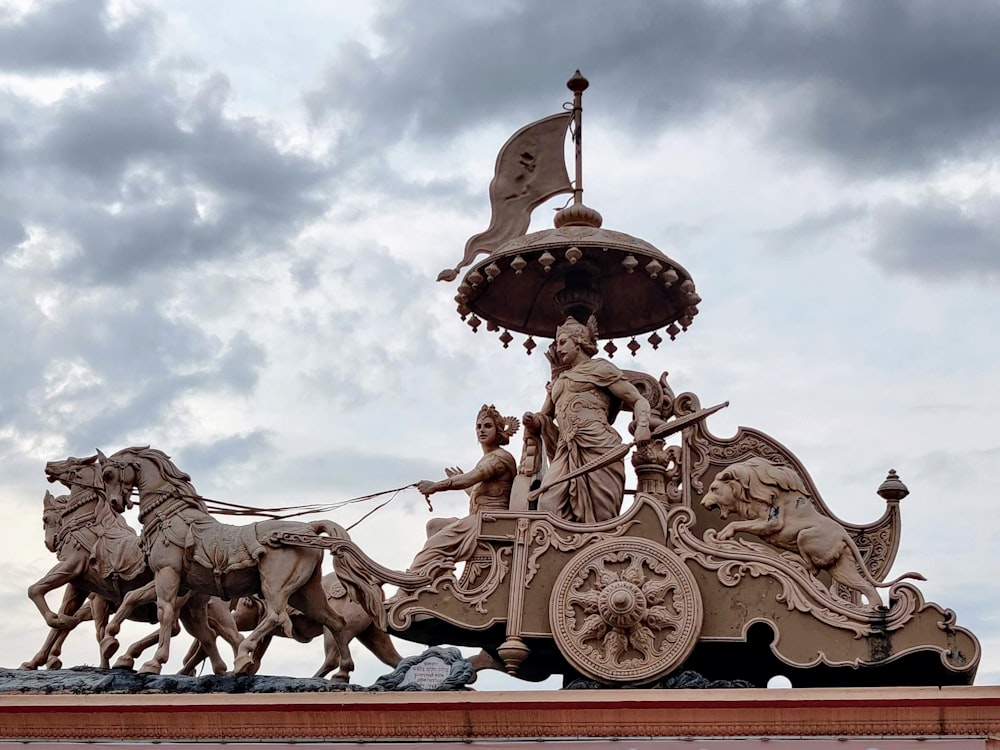
Both these epics emphasize the role of Dhárma. Dharma is considered the ideal guiding force for the Hindu way of life.
Traditions
Traditional Indian clothing also varies greatly across different parts of the country. It is greatly influenced by local culture, climate, geography and rural/urban settings.
The most popular traditional wear is a Saree, worn by women and dhoti or lungi, is worn by men.

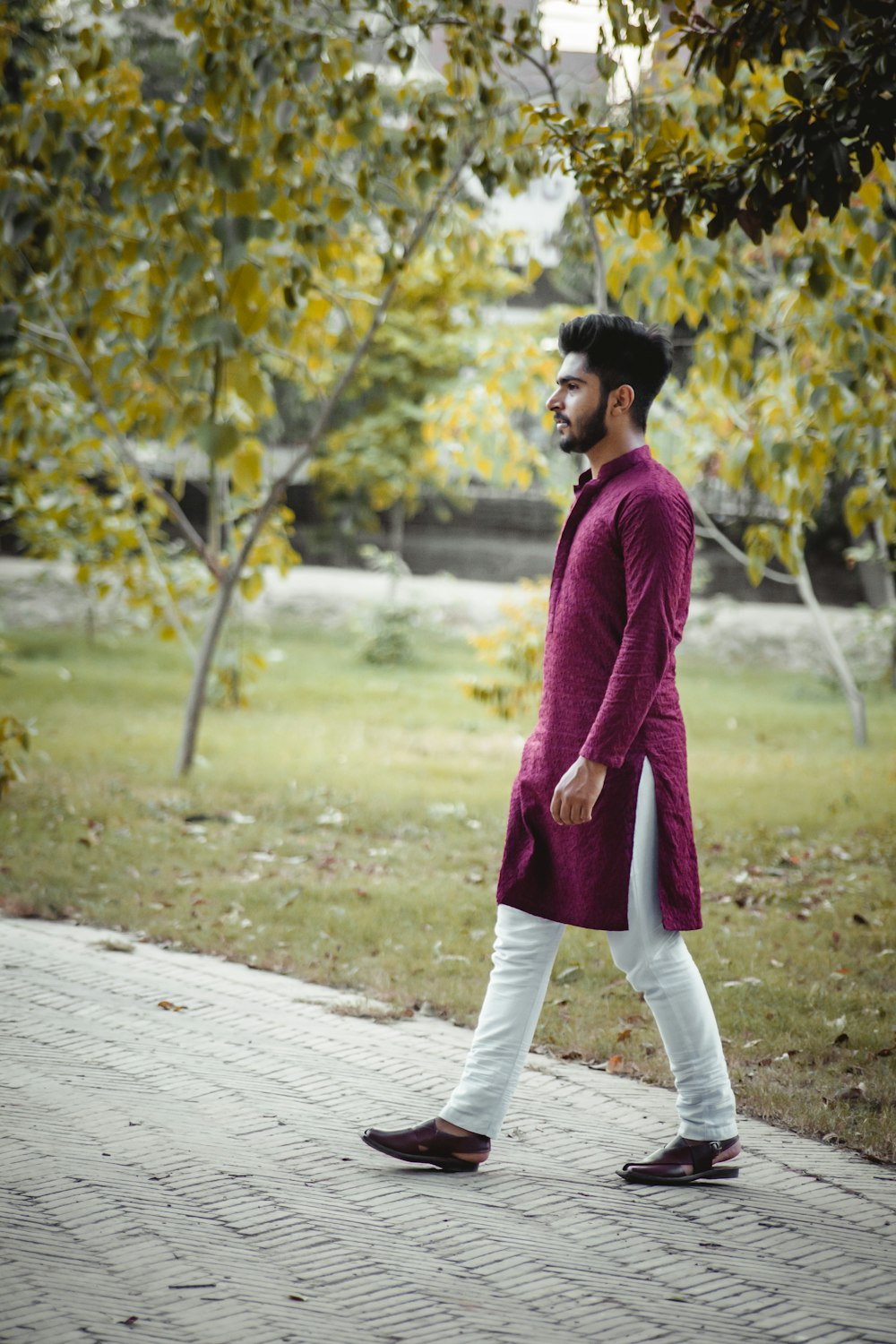
Bindi, bangles, Mehendi, earrings, nose ring and other jewellery are worn by Indian women.
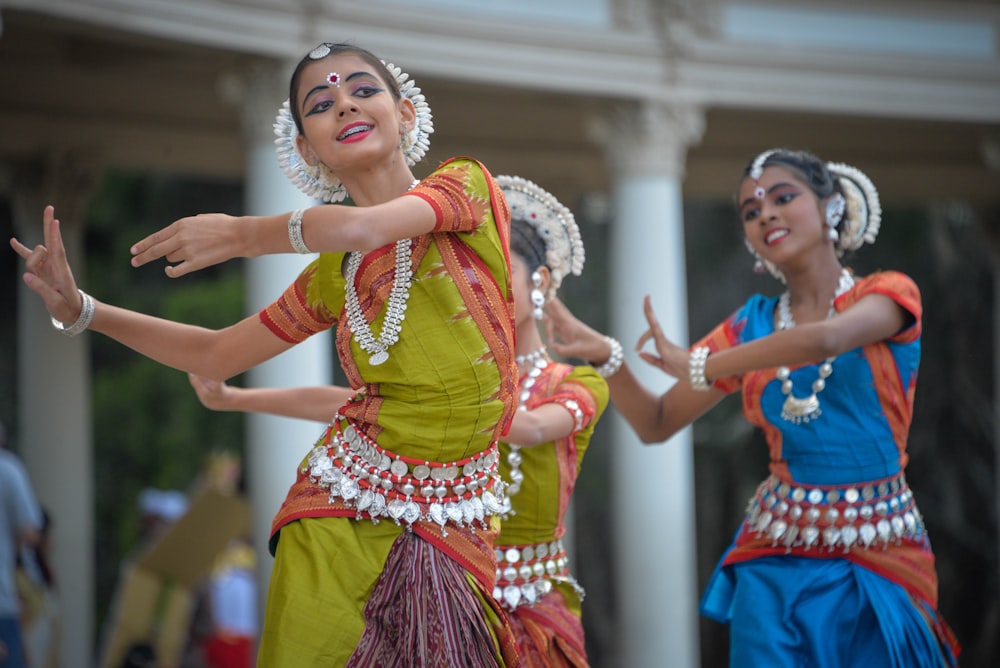
Gold, silver or other regional stones and gems are worn on special occasions, such as marriage ceremonies and festivals, as it has its own significance.
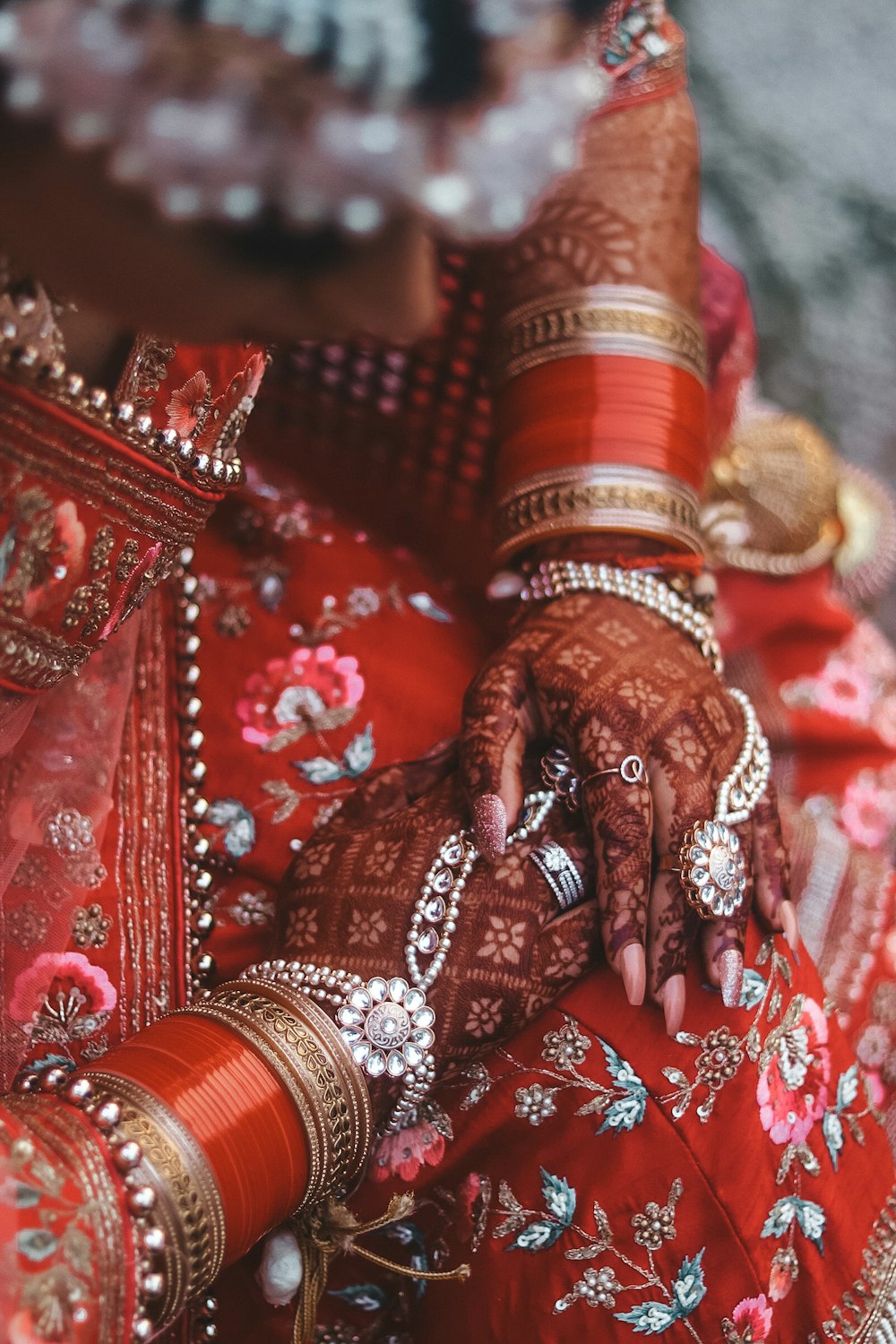
Gold has properties that attract wealth, positivity and happiness.
Bindi is worn on their forehead and is an important part of a Hindu woman’s make-up. But with time, the use of bindi is fading.

India is a culmination of many religions, hence has a vast culture and tradition, with its own intricacies.
5. Spirituality – Yoga and Meditation

India is the holy land of diverse cultures connected by deep-rooted spirituality. These spiritual practices were passed on from one generation to another through the divine powers of many great souls, saints, and yogis.
Through their true knowledge and wisdom, these great and divine souls had exposed many presiding truths about life.
India has a mystical power, that helps heal the fatigued soul. This tremendous power of yoga and meditation helps reveal the unbelievable hidden treasures of the mind.
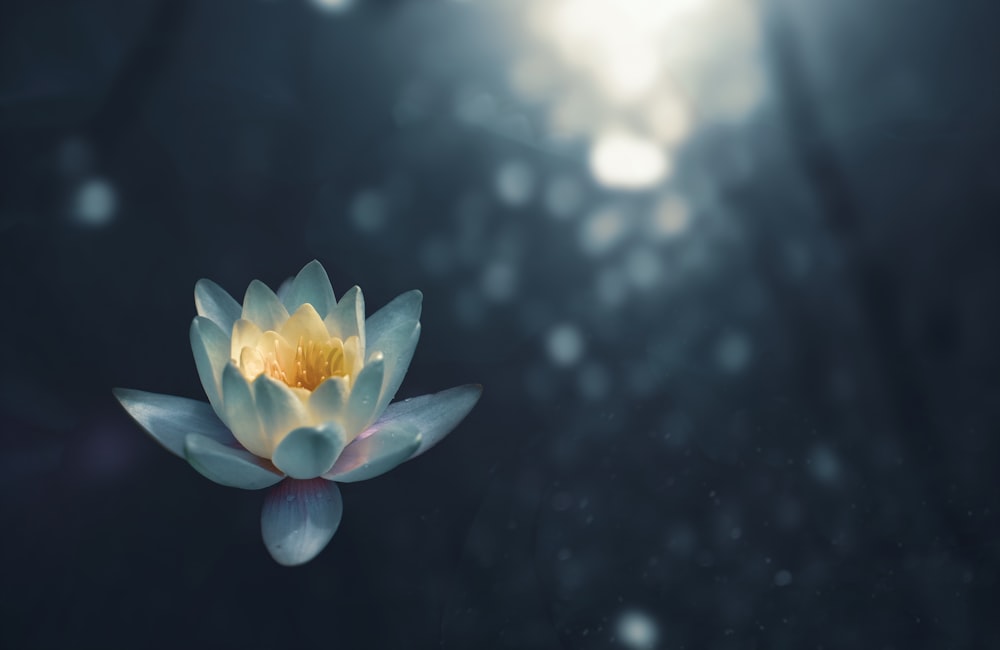
India, the land of the Gods, has access to the hidden truth of life, power of mind and mysticism. India has lots to offer to the craving minds and souls wandering for the sincere association with oneness.
India offers supreme opportunities for spiritual nourishment through Yoga and meditation.

The importance of Yoga and meditation and guided steps to learn them are mentioned in most of the ancient Indian scriptures.
With time, yoga and meditation have gained importance in Eastern countries too.
There are many yoga and meditation centres available in India. These centres offer courses ranging from basic yoga and pranayama classes to prolonged residential meditation retreats.
Meditation is a part of yoga, which is also practised all over the country.

There are many meditation courses available in temples, meditation centres, monasteries and ashrams all around India.
Ashrams are spiritual places where people live, work and study together, under the guidance of a guru. This is an ancient practice followed by time immemorial in India. These practices are mostly done to achieve spiritual goals.
Yoga is taught almost everywhere in India and there are several internationally known centres where you can even be trained to become a yoga teacher.
As per the Yoga tradition :
Food that we eat has an effect on our mental and physical well-being.
Food as per the Yoga tradition is classified into three types – Sattvic, Tamasic and Rajasic.
A Sattvic diet consists of simple, healthy and light food.

Sattvic food is neither too sweet, nor too salty or spicy. Moderation in taste and quantity is Sattvic food.
Sattvic food is pure in nature, food which is not processed is light in potency and rich in nutrition.
Cooked food, consumed within three to four hours of preparation, is Sattvic food.
Sattvic food cleanses and purifies the body and calms the mind. It energizes the body and mind.
The food that is prepared by hurting or killing living beings, such as fish and meat, are Rajasic and Tamasic in nature, and should, therefore, be avoided.
Rajasic and Tamasic foods can cause anger, irritability, hyperactivity, restlessness and sleeplessness. These food types also increase the level of toxins in the blood. Hence, these types of food intakes should be avoided.
Spiritualism reflects that there is “Unity in diversity”. Which is the most precious pearl of India.

Diverse landscapes helps grow different spices ,
various cultures and traditions gives rise to different languages,
Spirituality helps unite these diversities.
India defines ” Unity In Diversity”.
Discover more from Dreamz&Experiences
Subscribe to get the latest posts to your email.


[…] 5 Precious Pearls of Our India – Part 3 […]